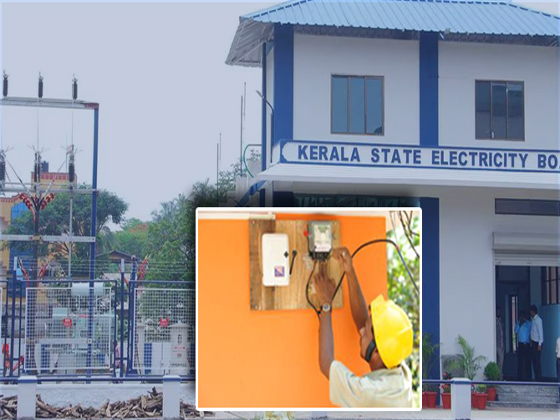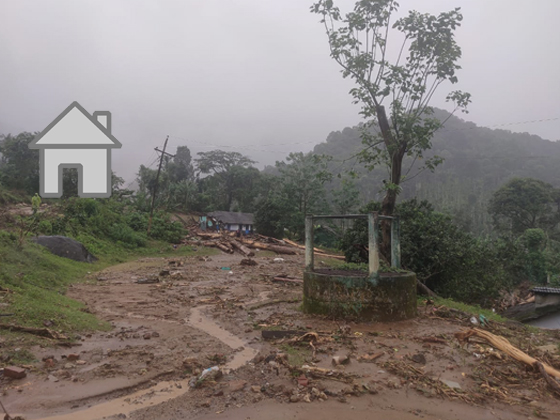
Financial assistance from the Department of Co-operation to those below the poverty line

Expatriate Security Scheme (PEARL) in association with Kudumbasree - Norka Roots.

Vidyasree Project; A helping hand for digital learning

Navakeralam mission to unify initiativess

Exemption of public transfer

(AVGC-XR) Policy, 2024, Officially Approved

Campus Industrial Park Scheme 2024

Administrative approval for early phase activities of Graphene ecosystem development

Guidelines for Duties and Responsibilities of Bulk Waste Generators Approved

Guidelines for managing human-wildlife conflict

Directive on tribal settlement terminology

New Campus for IIITMK in Technocity, Thiruvananthapuram

Kerala government approves 138 new higher secondary batches

The order has granted administrative approval for the projects undertaken by the Department of Culture

New connections in 7 days; Kerala Electricity Supply Code amended

Modifications on land disposal regulations for industrial land

Kerala Government Cracks Down on Plastic Waste in Events

Kerala government revamps MSME insurance scheme with revised guidelines

Landslide Disaster – Temporary rehabilitation policy

Schools will have holidays on Saturdays
